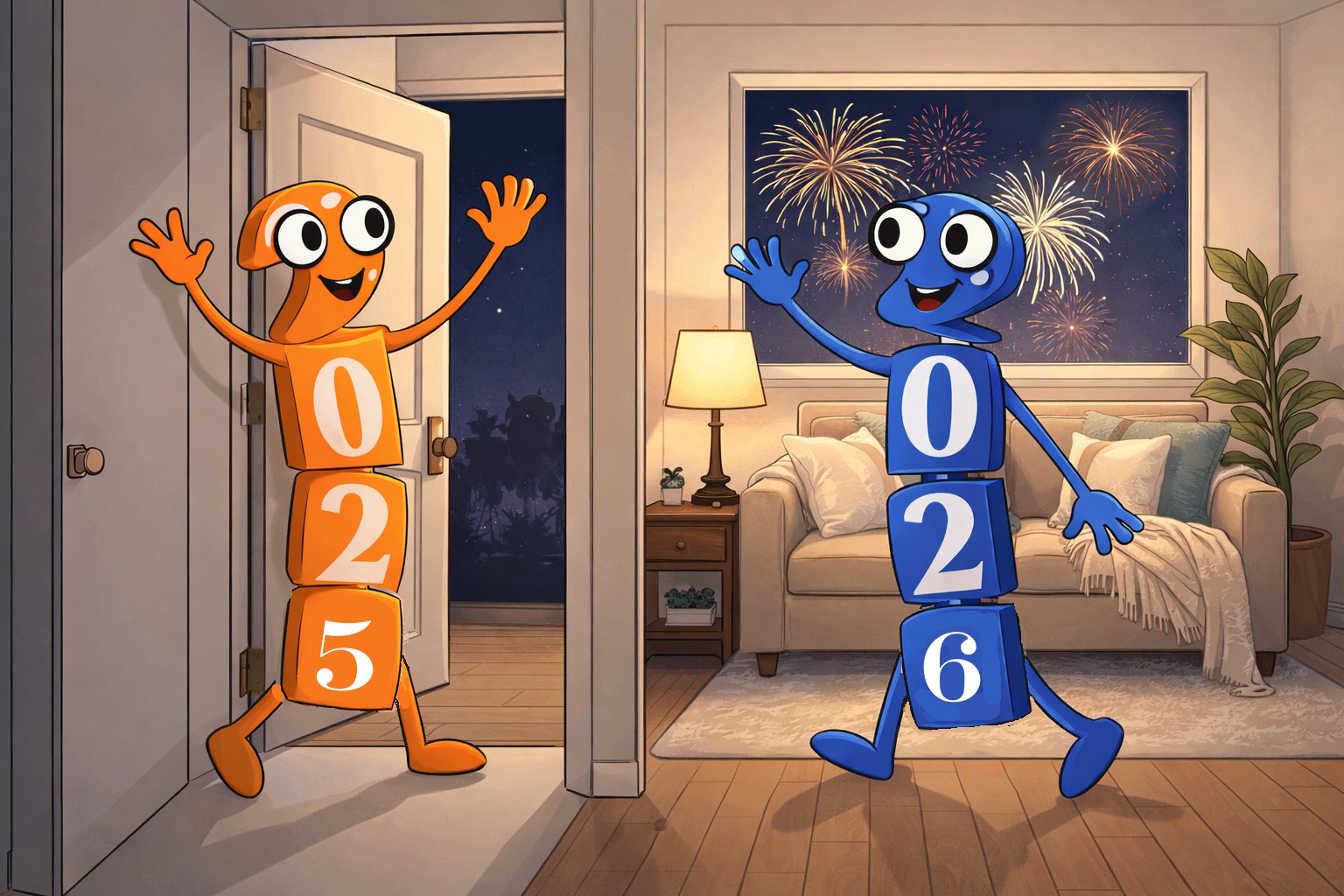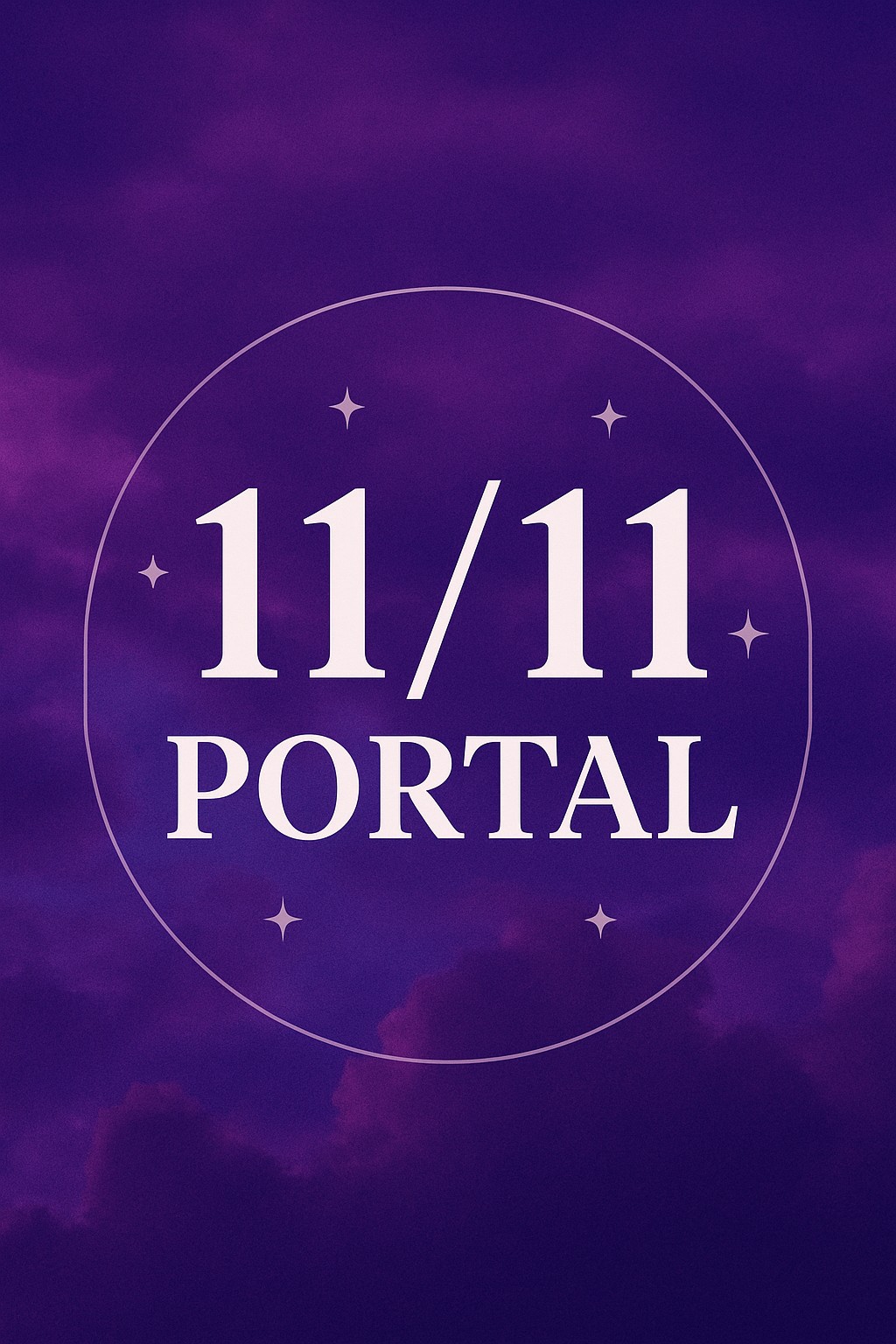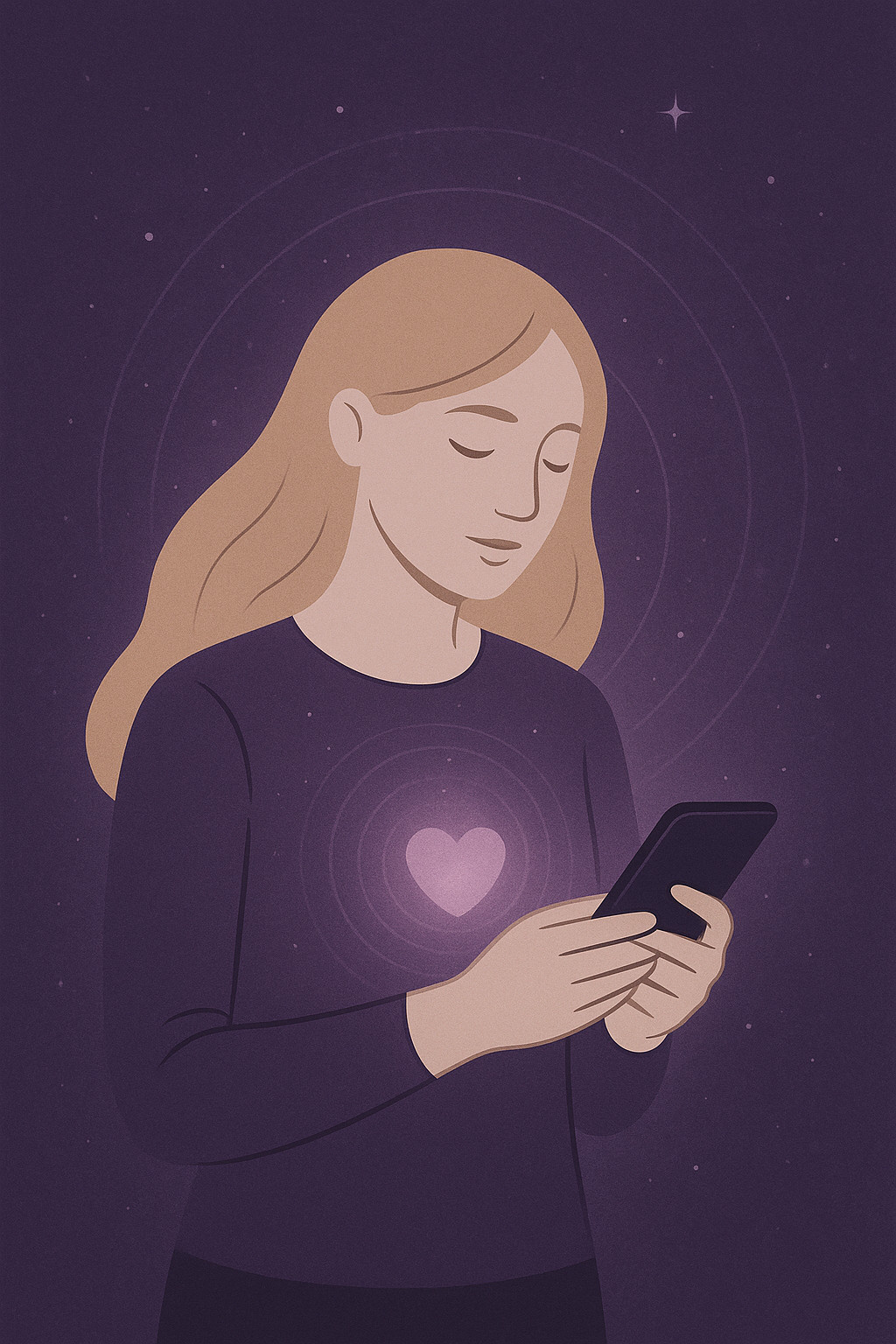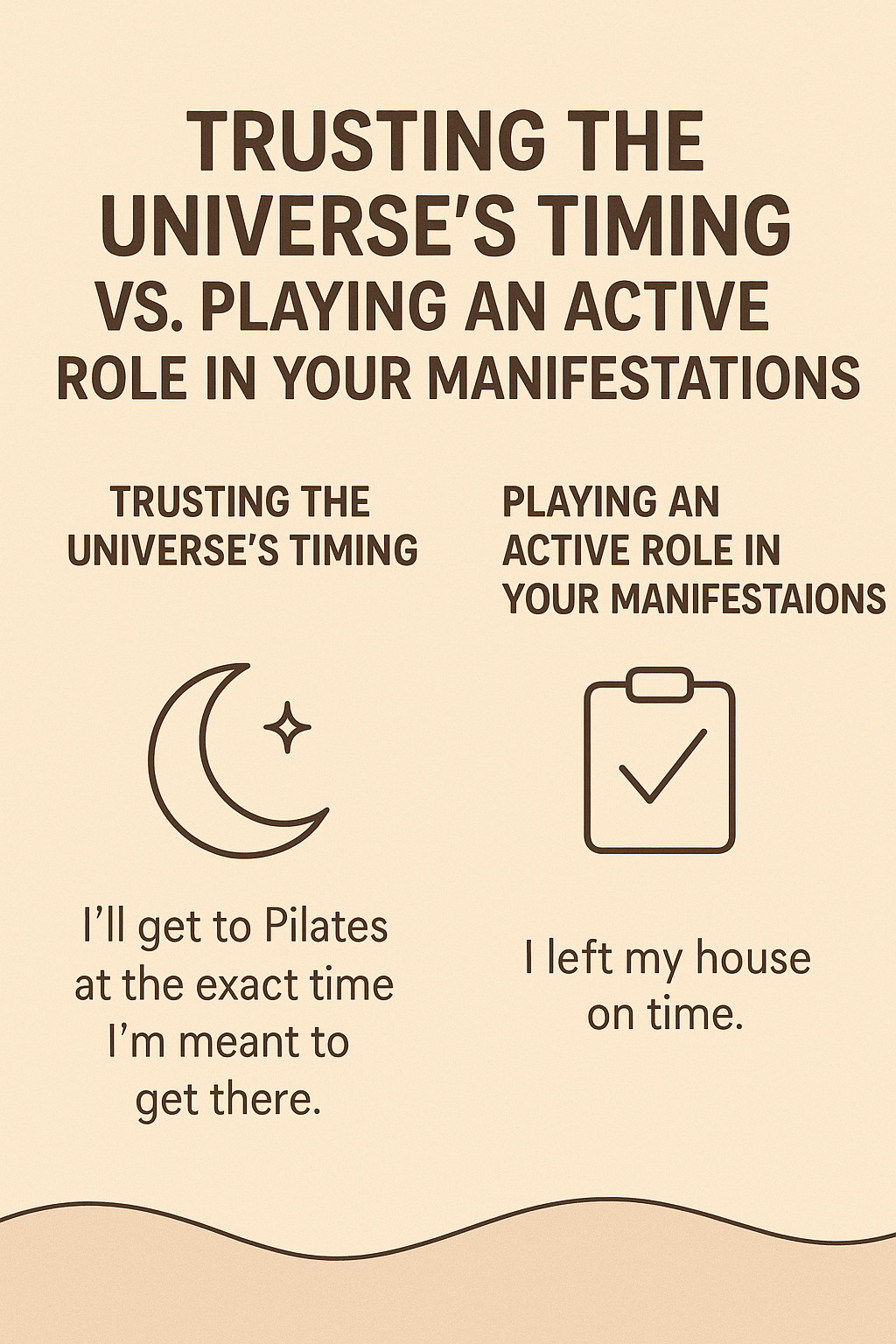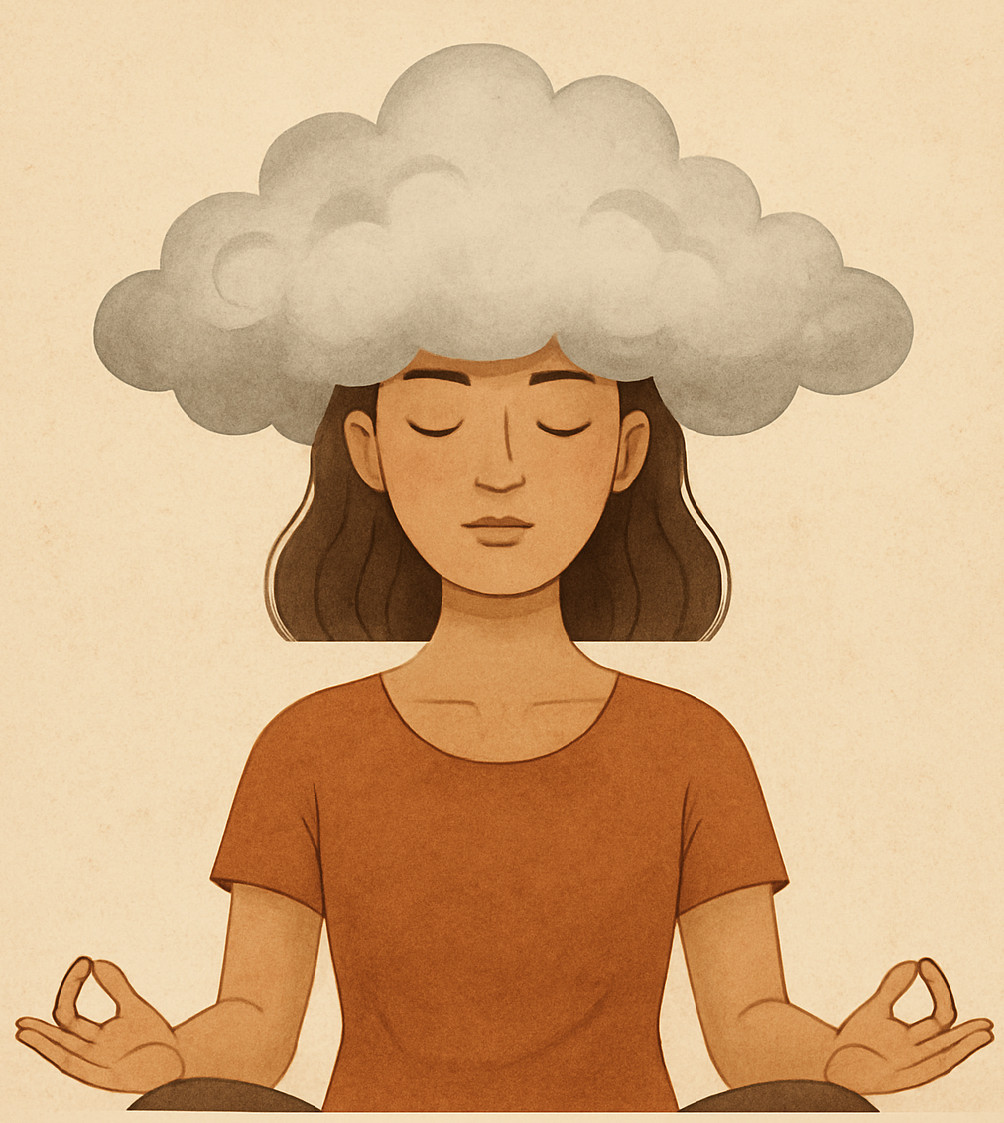
Have you ever had one of those days—maybe weeks—where your mind feels fuzzy, your thoughts are scattered, and you're just… not all there? You might chalk it up to lack of sleep, hormones, or too much screen time. And while those are valid contributors, there’s another deeper, often overlooked reason for brain fog: spiritual growth.
In this blog post, we'll explore what brain fog really is, why it may arise during periods of spiritual transformation, and what to do when the fog rolls in.
What Is Brain Fog?
Brain fog isn't a medical diagnosis, but it’s a very real experience. It's characterized by:
- Mental fatigue
- Difficulty concentrating
- Forgetfulness
- Confusion or disorientation
- A general feeling of being “off”
It’s as though your brain is trying to boot up, but someone spilled molasses on the hard drive. You’re trying to access clarity, creativity, and drive—but everything feels distant, like it's behind a thick veil.
The Spiritual Connection: Why Fog Often Follows Growth
Brain fog is often a symptom of energetic integration. When you're moving through a spiritual awakening, expanding your consciousness, or letting go of old identities and limiting beliefs, your energetic system goes through a sort of “upgrade.” And just like any software update, your system might slow down while it's installing.
Here’s how brain fog ties into spiritual growth:
1. Energetic Detox
Letting go of outdated beliefs and emotional patterns releases stagnant energy. But just like a physical detox, this can cause temporary discomfort, confusion, or fogginess as your system recalibrates.
2. Third Eye Recalibration
The third eye chakra governs intuition and mental clarity. As this center awakens, your usual ways of thinking may shut down to make room for new intuitive pathways. What feels like mental fog may actually be your brain stepping aside to let your intuition lead.
3. Liminal Space = Confusion
Growth doesn’t happen in neat, clean steps. There's a middle zone between who you were and who you are becoming. Brain fog often shows up in this in-between space—where you’ve outgrown the old but haven’t yet anchored into the new.
What to Do When the Fog Rolls In
Instead of resisting brain fog, treat it as sacred pause. Here are some ways to work with it:
✦ 1. Slow Down and Listen
Brain fog can be your soul’s way of saying “rest.” Stop pushing. Get quiet. Journal. Nap. Stretch. Let your body and energy system catch up.
✨ Journal Prompt:
“What am I letting go of right now, and what might be coming into my life in its place?”
“What am I letting go of right now, and what might be coming into my life in its place?”
✦ 2. Ground Your Energy
Spiritual growth often lifts us into high-frequency states, which can make us feel ungrounded. Counter this by:
- Walking barefoot in grass
- Eating warm, earthy foods
- Practicing gentle yoga or breathwork
- Using grounding crystals like hematite or black tourmaline
✦ 3. Hydrate and Nourish Your Brain
Brain fog isn’t just spiritual—it’s also physical. Support your body with hydration, Omega-3s, leafy greens, and B-vitamins. Your soul's evolution still needs a well-fed brain to function.
✦ 4. Set Spiritual Boundaries
Sometimes brain fog is the result of energetic overload. If you’re empathic or sensitive, check in: Are you carrying someone else’s energy? Cleanse your field with sage, sound bowls, or an energetic cord-cutting ritual.
✦ 5. Trust the Reboot
Fog is often followed by deep clarity. Your higher self knows what it’s doing. Let the mind rest while the spirit upgrades.
A Final Word: Brain Fog Is Not a Failure
It’s easy to feel frustrated, especially if you're used to being productive and clear. But what if this fog isn't a failure—what if it’s a feminine invitation to stop doing and start being? To receive? To allow?
Spiritual growth isn’t linear, and your body-mind-spirit system is incredibly wise. Trust that what looks like confusion is part of your transformation.
Ready to Clear the Fog?
✨ If you're in a foggy spiritual growth phase and want support, book a session with me or check out my CBAR Manifestation Workbook designed specifically for people with aphantasia and unique processing styles. You don’t have to navigate this journey alone.
🌀 And if this blog resonated, share it with a soul sister (or brother) who might need to hear that their fog is sacred too.
With love and clarity (even in the fog),
Colleen
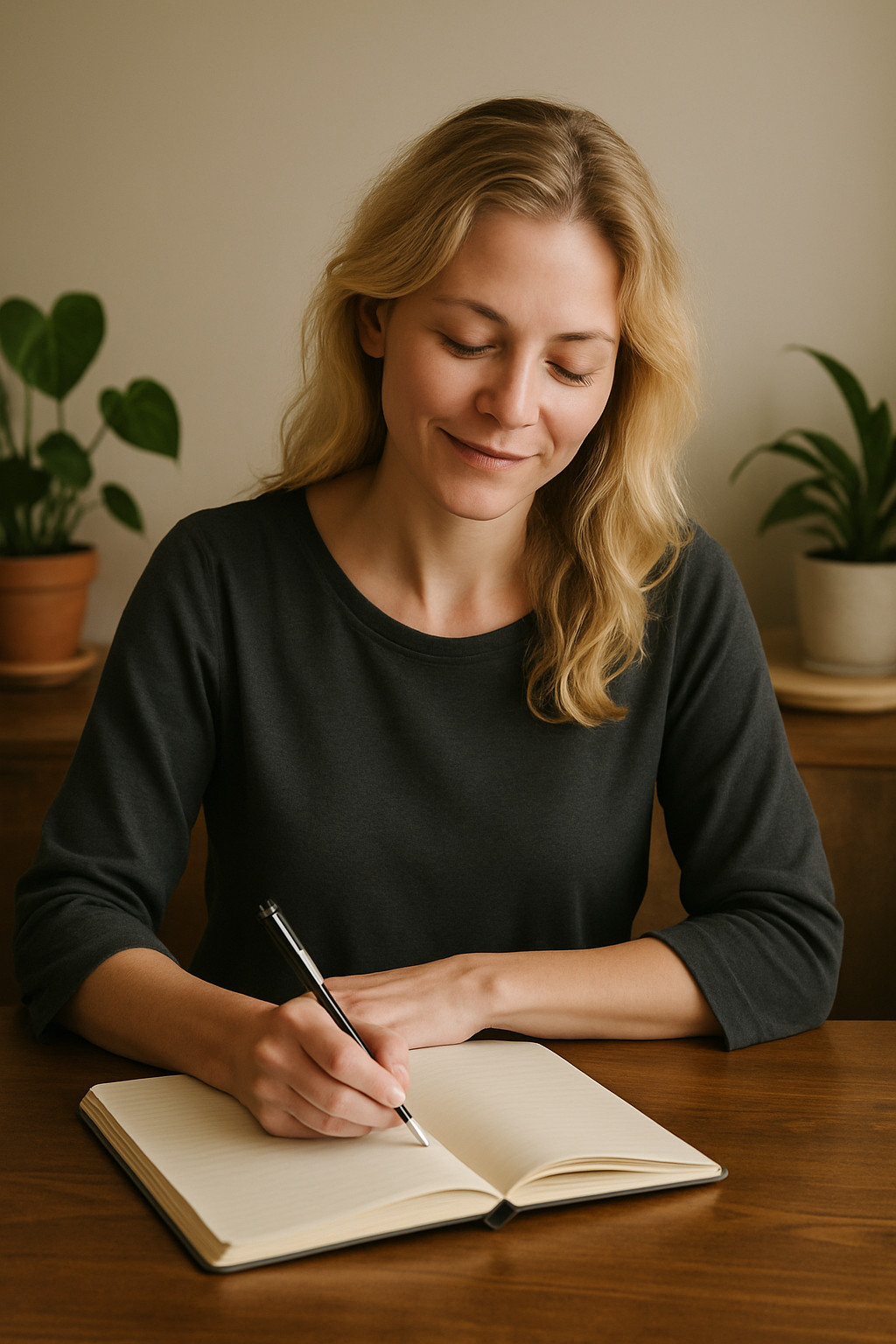
I recently saw a video from a well-known “manifestation specialist” suggesting a hack to stay in alignment throughout the day: set numerous alarms on your phone as reminders to check your vibration and make sure it matches what you’re trying to manifest.
So, I tried it.
I really did.
I really did.
But I didn’t even make it two weeks.
As it turns out, being jolted out of flow every 90 minutes by a robotic alarm didn’t raise my vibe — it tanked it. And it didn’t just stress me out… it rattled everyone around me too. The constant buzzing started to feel less like alignment and more like anxiety.
While I can absolutely see how this technique might be powerful for someone else — especially if they thrive on structure or reminders — it just wasn’t for me. It felt more like spiritual micromanaging than spiritual embodiment.
So I gave it some thought. I sat with the intention behind the idea — the desire to stay present and in sync with my energy — and asked myself:
“How can I check in with myself throughout the day… in a way that feels natural, peaceful, and supportive?”
And a few gentle ideas came forward.
Here Are My Favorite Vibe Check-In Practices (No Alarms Required):
🌿 1. Anchor Your Check-In to Daily Rituals
Instead of setting a timer, attach your check-ins to something you already do:
- When you make your tea or coffee
- When you wash your hands
- When you get into your car or open your computer
Each time, ask yourself:
“How do I feel right now? Am I in alignment with how I want to feel?”
This creates rhythm, not disruption.
✨ 2. Use Physical Anchors
Carry a small object — like a crystal, a ring, or even a coin — and let it become your “vibe touchstone.” Every time you notice or touch it, pause and take a deep breath.
Let that breath be your reminder:
“Realignment is always one breath away.”
🌕 3. Use the Moon Phases as Bigger Check-In Points
Instead of trying to force micro-alignments all day, zoom out and work with natural rhythms.
In my 28-day manifestation journey, we follow the CBAR cycle — Conceive, Believe, Achieve, Receive — aligned with the moon’s phases. Each phase invites a deeper self-check-in, naturally.
In my 28-day manifestation journey, we follow the CBAR cycle — Conceive, Believe, Achieve, Receive — aligned with the moon’s phases. Each phase invites a deeper self-check-in, naturally.
Want to try it?
👉 Learn more about the CBAR Manifestation Cycle here
👉 Learn more about the CBAR Manifestation Cycle here
🌀 4. Ask One Grounding Question Each Day
Instead of checking your vibe constantly, anchor into one question in the morning and revisit it at night. Here are a few to try:
- “What energy do I want to bring into today?”
- “What would being in alignment feel like today?”
- “What would it look like to let today be enough?”
You can keep a small Vibration Journal (even just a few lines a day!) to track what comes up. I include this practice in my 1:1 coaching sessions — especially for folks who prefer a less visual approach to manifestation.
👉 Work with me 1:1
👉 Work with me 1:1
💜 5. Let Your Body Be Your Feedback System
Your nervous system is wiser than your phone.
Tight jaw? Racing heart? Brain fog? Your body is already signaling that something’s out of sync.
Joyful sigh? Soft shoulders? Clear mind? That’s alignment, baby.
Tight jaw? Racing heart? Brain fog? Your body is already signaling that something’s out of sync.
Joyful sigh? Soft shoulders? Clear mind? That’s alignment, baby.
The more you practice tuning in to how you feel — not just what you're thinking — the more natural these check-ins become.
Alignment Doesn’t Have to Be Loud
What I’ve learned is that staying in alignment doesn’t require constant effort, or external alerts, or spiritual over-engineering.
It requires presence.
Curiosity.
Self-trust.
Curiosity.
Self-trust.
And sometimes, it means ditching someone else’s hack and crafting your own sacred rhythm instead.
So if alarms aren’t your thing, know this: You’re not doing it wrong.
There are softer ways. Wiser ways. Ways that meet you exactly where you are.
There are softer ways. Wiser ways. Ways that meet you exactly where you are.
Ready to explore a more intuitive approach to manifestation — especially if your mind works a little differently?
My programs are designed with spaciousness, play, and deep inner knowing in mind. Whether you’re starting your journey or refining your practice, I’ve got support to meet you there.
My programs are designed with spaciousness, play, and deep inner knowing in mind. Whether you’re starting your journey or refining your practice, I’ve got support to meet you there.

There’s a moment on the spiritual path that no one really warns you about. It comes after the breakthroughs.
After the ahas. After the downloads, awakenings, and bursts of creative fire.
It’s quiet here. Still.
Almost... too still.
For me, it came like this: I’d been on a whirlwind of spiritual growth for months — learning, unlearning, expanding, purging, creating, questioning, trusting. It was exhilarating. Dizzying. Purposeful.
And then, it stopped. No drama. No crash. Just… the absence of the urge to keep digging.
I felt so different, yet somehow still the same. I didn't want to study anything.
I didn’t feel called to create anything. I wasn’t seeking more. I didn’t need to.
I felt so different, yet somehow still the same. I didn't want to study anything.
I didn’t feel called to create anything. I wasn’t seeking more. I didn’t need to.
And for a moment, I wondered: Is something wrong with me? Am I stuck? Am I disconnected?
But here's what I’ve come to understand: this phase is sacred.
The Integration Phase: Where Spirit Settles into Self
The integration phase is the time after an energetic or emotional expansion where your mind, body, and soul begin to synthesize what you’ve just experienced. You’re not in motion anymore, but you're still transforming — just beneath the surface.
You can think of it like this:
- After a big meal, you need time to digest.
- After an intense yoga practice, you lie in savasana.
- After planting seeds, the soil looks still — but magic is happening underground.
Spiritual integration is that kind of stillness.
You’re metabolizing lessons. You’re recalibrating.
Old patterns are quietly unraveling.
New frequencies are settling into your system.
Old patterns are quietly unraveling.
New frequencies are settling into your system.
And because we live in a world that equates stillness with stagnation, it can feel unnerving. Like you’ve lost momentum. But in truth, you’re entering a more embodied state — where wisdom isn't just understood intellectually, but lived quietly and naturally.
This is where your soul stops shouting and begins to whisper.
Where the chase ends, and you begin to trust the becoming.
Where the chase ends, and you begin to trust the becoming.
How to Find Peace Inside the Integration Phase
There’s no rush here. No "next step" to push toward.
But if you’re craving some gentle support inside this stillness, here are a few soul-honoring ways to soften into it:
But if you’re craving some gentle support inside this stillness, here are a few soul-honoring ways to soften into it:
1. Let stillness be the practice.
You don’t need to force peace — just make space for it.
Five quiet minutes with your eyes closed. A slow walk without your phone. A full body sigh.
Stillness is not empty. It’s full of presence.
Five quiet minutes with your eyes closed. A slow walk without your phone. A full body sigh.
Stillness is not empty. It’s full of presence.
2. Anchor your days with tiny rituals.
A candle in the morning. A single oracle card. A warm cup of tea in the same mug every day.
Ritual helps you feel held — without requiring anything from you.
Ritual helps you feel held — without requiring anything from you.
3. Give yourself permission to be unproductive.
This is integration’s greatest challenge. Your worth is not in your doing. Let yourself rest without guilt. You are still growing, even in the pause.
4. Journal what feels complete.
Instead of asking what's next, try asking:
“What is done?”
“What no longer needs my energy?”
Sometimes clarity arrives when we stop trying to make something happen.
5. Trust your rhythm.
The urge to create or seek will return, naturally. Don’t worry about missing it — you’ll know. For now, let this be enough.
A Gentle Ritual for the Spiritual Pause
If you’re in this space right now — not hungry for more, but not lost either — consider honoring this phase with a simple ritual:
The Candle & Cup Ritual
🕯️ Light a small candle.
🥣 Pour yourself a cup of tea or water.
🌬️ Sit in stillness for three breaths.
📖 Then say aloud or in your heart:
🥣 Pour yourself a cup of tea or water.
🌬️ Sit in stillness for three breaths.
📖 Then say aloud or in your heart:
“I welcome this stillness.
I trust the pause.
I honor all that has shifted within me.
I allow this integration to unfold in perfect time.
I am enough, even in the quiet.”
Drink slowly. Breathe deeply. No need to feel anything special. Just be there.
A Journaling Prompt for This Space
When you're ready to reflect, try this:
“What feels complete in me right now?”Followed by:“What do I no longer need to chase?”
Let the answers rise without force. Sometimes the deepest wisdom emerges not from asking, but from allowing the space to receive.
If you’re here — in the in-between, the neutral zone, the eye of your own inner storm — take heart. You are not broken. You are not lazy. You are not behind.
You are becoming.
In stillness.
In softness.
In surrender.
In stillness.
In softness.
In surrender.
And that is sacred work, too.

A common visualization technique in manifestation involves the practitioner envisioning either their future self or the act of surrendering control to a higher power through a doorway or portal. For individuals with aphantasia, a condition that prevents them from visualizing mental images, the concept of a doorway or portal in their mind's eye may not be feasible. However, the absence of mental imagery doesn't have to hinder the pursuit of their aspirations. Alternative approaches, such as the manifestation box, present creative solutions to access the power of intention and goal-setting.
A manifestation box, also called a creative box, serves as a potent resource for those with aphantasia. While conventional visualization methods often depend on mental imagery, a manifestation box offers a concrete alternative that engages other senses, enabling individuals with aphantasia to effectively tap into the power of manifestation.
The concept of a manifestation box is simple yet profound. It involves using a physical container to hold symbols, written intentions, or objects that represent one's desires and goals. For someone with aphantasia, this tactile approach offers a way to interact with their aspirations in a concrete manner. By writing down their goals and placing them in the box, they create a tangible representation of their intentions, bypassing the need for mental visualization.
One of the key benefits of using a manifestation box is the ability to engage the sense of touch. For individuals with aphantasia, being able to physically handle objects related to their goals can make the manifestation process feel more real and attainable. Each item placed in the box can serve as a sensory anchor, reinforcing the connection to their intentions and helping to maintain focus on their desired outcomes.
In addition to touch, a manifestation box can also incorporate other senses. For example, adding scented items such as essential oils or herbs can create an olfactory link to one's goals. This multisensory approach allows individuals with aphantasia to engage with their aspirations in a more holistic way, creating a rich sensory experience that can enhance motivation and commitment.
Moreover, the act of periodically revisiting the manifestation box can serve as a powerful ritual for reflection and affirmation. Opening the box, reviewing its contents, and reaffirming one's intentions can be a grounding practice that helps individuals stay aligned with their goals. This ritualistic aspect can be especially beneficial for those with aphantasia, providing a structured way to connect with their aspirations without relying on visual imagination.
The manifestation box also encourages creativity and personalization. Individuals can decorate their box, choose meaningful objects, and write personalized affirmations to include. This creative process allows for self-expression and can be particularly empowering for those who may feel limited by traditional visualization techniques.
Ultimately, a manifestation box offers a unique and accessible approach for individuals with aphantasia to engage in the practice of manifestation. By providing a physical space for their dreams and desires, it allows them to actively participate in shaping their reality, fostering a sense of agency and empowerment that transcends the limitations of mental imagery. This approach not only compensates for the lack of mental visualization but also adds a layer of creativity and personalization to their manifestation practice.
In this way, individuals with aphantasia can effectively harness the transformative power of symbolic gestures, ensuring that their journey toward achieving their dreams is just as vibrant and meaningful as those who rely on mental imagery.
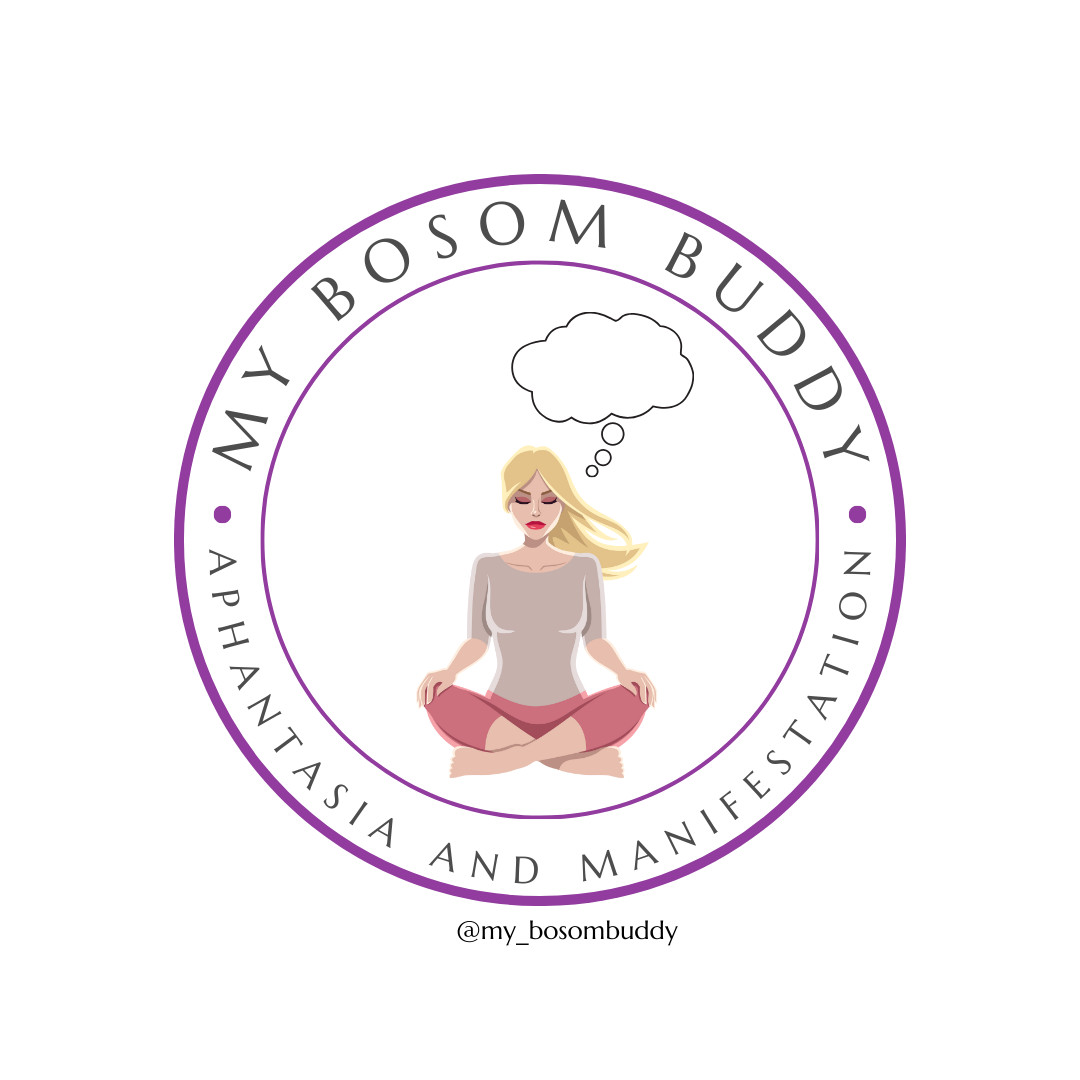
Aphantasia, a term that has gained attention in recent years, refers to the inability to visualize images in one’s mind. For most people, when they close their eyes and imagine a beach, they can see the sun, sand, and waves as if they were looking at a photograph. However, for individuals with aphantasia, this mental imagery is absent. This condition affects a surprising number of people and can influence various aspects of life, including memory, creativity, and even certain cognitive processes. Understanding aphantasia opens a window into the diverse ways human brains process information and experience the world.
The concept of aphantasia brings an interesting perspective to meditation, a practice often associated with visualization techniques. Many meditation exercises involve imagining serene landscapes or visualizing energy flowing through the body. For those with aphantasia, these practices may need to be adapted, focusing instead on other sensory experiences or internal sensations. This could mean paying attention to sounds, physical sensations, or the rhythm of one's breath. Meditation for someone with aphantasia might center on mindfulness and presence, rather than the traditional visualization that many people find beneficial.
When it comes to manifestation, aphantasia poses another intriguing challenge. Manifestation often involves visualizing desired outcomes, creating vivid mental images of goals to bring them into reality. The law of attraction, for instance, emphasizes the power of mental imagery in achieving one's dreams. For individuals with aphantasia, the act of manifestation might rely more heavily on verbal affirmations, written goals, or emotional connections to the desired outcome. They might focus on the feelings associated with achieving their goals or use other sensory cues to strengthen their intentions.
Despite these challenges, people with aphantasia can still engage deeply with both meditation and manifestation. It’s important to recognize that there are many pathways to mindfulness and personal growth. For instance, those with aphantasia might find unique strengths in their heightened awareness of other senses, or in their ability to think abstractly without the distraction of mental images. This can lead to creative solutions and innovative approaches to meditation and manifestation, demonstrating that there is no one-size-fits-all method for these practices.
Research into aphantasia is still in its early stages, but it suggests that the condition may provide insights into the broader spectrum of human cognition. It challenges the traditional understanding of how imagination and visualization are linked to creativity and problem-solving. By exploring the experiences of those with aphantasia, scientists can gain a deeper understanding of the brain's capabilities and the diverse ways people can interact with their inner and outer worlds.
Incorporating aphantasia into the broader conversation about meditation and manifestation encourages inclusivity and adaptability in these practices. It highlights the importance of creating spaces where all individuals can explore and benefit from mindfulness, regardless of how their minds work. This inclusivity not only enriches the experiences of those with aphantasia but also broadens the horizons for everyone interested in these transformative practices.
Ultimately, aphantasia serves as a reminder of the diversity of the human experience. Whether through meditation, manifestation, or other forms of personal development, there is a rich tapestry of approaches available to anyone seeking growth and fulfillment. Embracing this diversity can lead to more personalized and effective practices, tailored to meet the unique needs of each individual, and fostering a deeper connection to oneself and the world.
